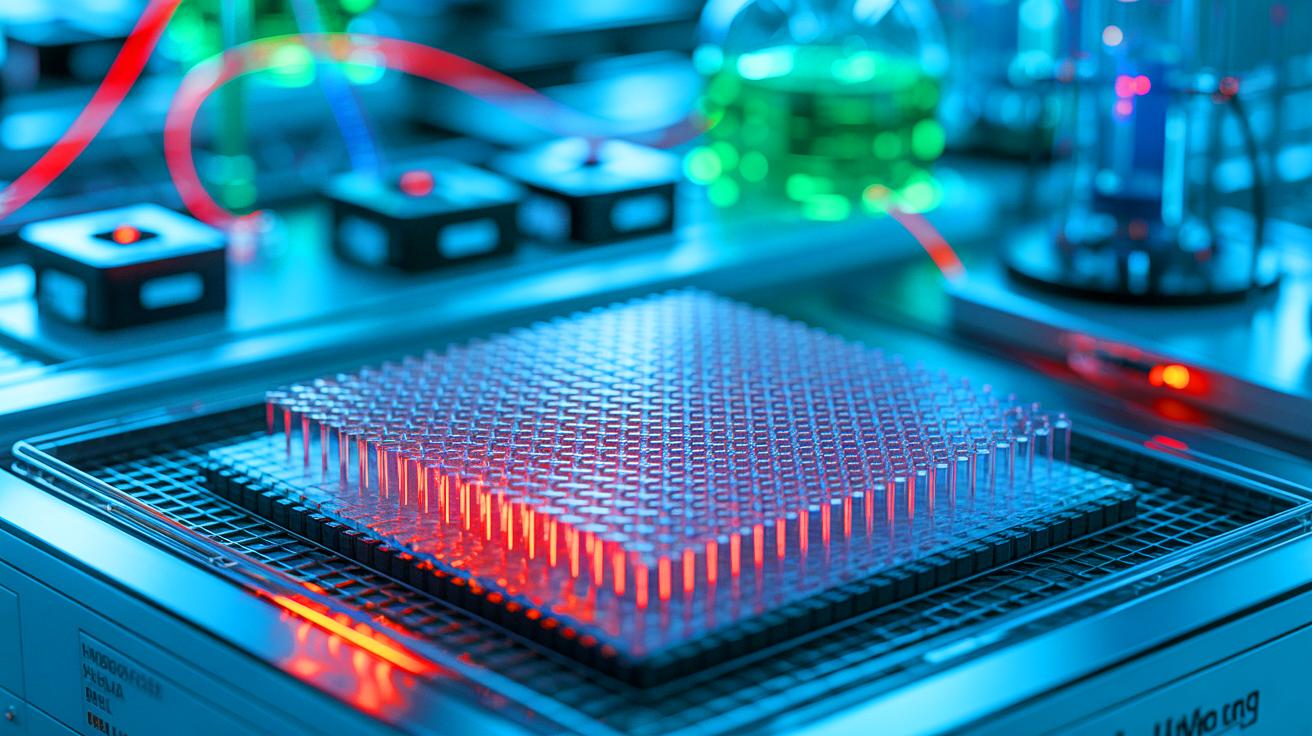Innovative Ultra-Thin Membrane Revolutionizes Hydrogen Fuel Cells in Norway
Key Ideas
- Norwegian researchers developed a cutting-edge ultra-thin membrane for hydrogen fuel cells, reducing production costs significantly.
- The membrane is 0.0004 inches thick, marking a 33% reduction without compromising performance, leading to cost and material savings.
- Advancements include a 20% cost cut in membrane production and a 62.5% reduction in platinum usage, enhancing sustainability and addressing raw material challenges.
- The innovation has the potential to transform sustainable energy, especially in transportation, by making hydrogen fuel cells more affordable and eco-friendly.
At the forefront of innovative energy solutions, Norwegian researchers have introduced a revolutionary membrane technology designed to enhance the efficacy and reduce the cost of hydrogen fuel cells. This cutting-edge development promises to usher in a new era of sustainable energy by addressing the high costs associated with fuel cell production. By drastically reducing material requirements, this novel approach not only cuts costs but also minimizes the environmental impact, providing an alternative to traditional electric motors. The ultra-thin membrane, only 0.0004 inches thick, represents a 33% reduction compared to the standard, maintaining the cell's efficiency and reducing costs. Notably, the membrane's thinness did not compromise performance; instead, it improved it by focusing on interfacial resistance. The reduction in platinum usage by 62.5% and a 20% cost reduction in membrane production highlight the sustainable and cost-effective nature of this innovation. The potential applications in transportation include heavy transport, maritime, and aviation, offering a cleaner alternative with reduced greenhouse gas emissions. Challenges exist in scaling up for industrial use, but the economic and environmental benefits make this advancement significant in the transition to cleaner technologies.
